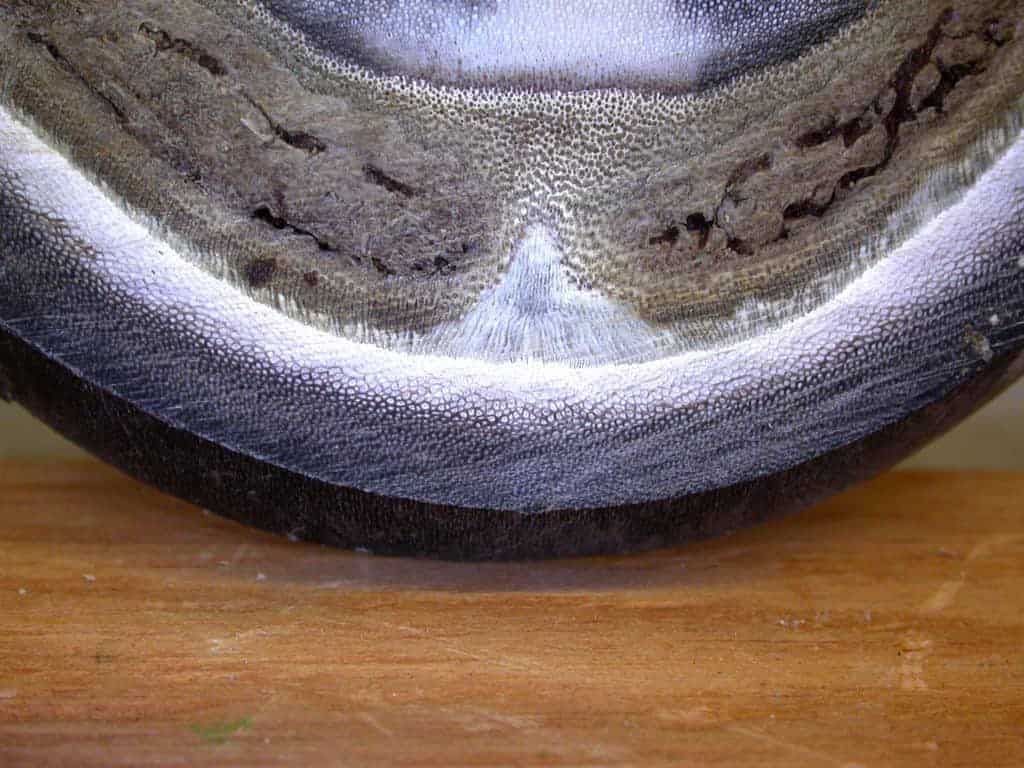
Pastern Lucencies’ Effect on Racing Performance (AAEP 2011)
Certain lucencies should be taken seriously as they appear to have a significant effect on racing performance.

Certain lucencies should be taken seriously as they appear to have a significant effect on racing performance.
Topics discussed clinical signs, treatment options, diagnostic tests, and vaccination against Lyme disease.

While some equine heart problems can be life- or career-threatening others typically don’t impact performance.
Understanding how the horse sees the world is key to developing a practical handling approach.

Hospitalized horses are at an increased risk for developing laminitis as a complication of injury or illness.
The MSU College of Veterinary Medicine congratulates Laura Hoholik, a Markel Scholarship recipient.

The ideal way to manage an obese horse or pony is to prevent it from becoming obese in the first place.
Disease control in developing countries must be cost-effective, practical, and acceptable to livestock owners.
The AAEP is developing protocol to improve the relationship among owners, trainers, and veterinarians.
Topics discussed included soft tissue injuries, post-operative and posttrauma care, and neck and back pain.
Topics discussed included racetrack testing requirements, current testing options, and recent reerach results.

Farriers can help devise a hoof care plan to helps a performance horse return to work as soon as possible.
The Equitarian Initiative educates veterinarians interested in helpding working equids worldwide.
Veterinarians use the principles of evidence-based medicine when they diagnose patients.
The pair was recognized for their commitment to serving equine veterinary needs at Mylestone Equine Rescue.

Research is needed to determine if the toe crena could be used as a prognostic indicator for laminitic horses.
Stay on top of the most recent Horse Health news with
"*" indicates required fields